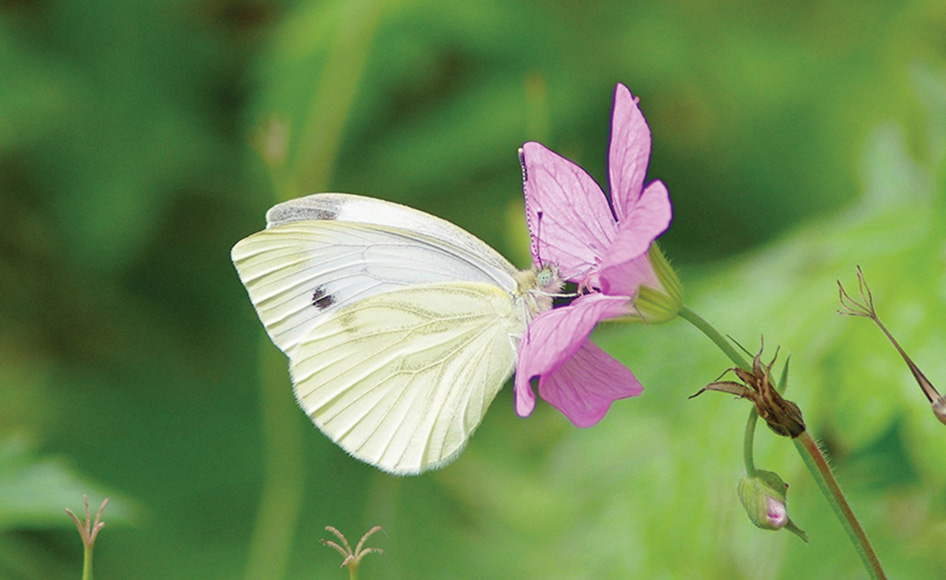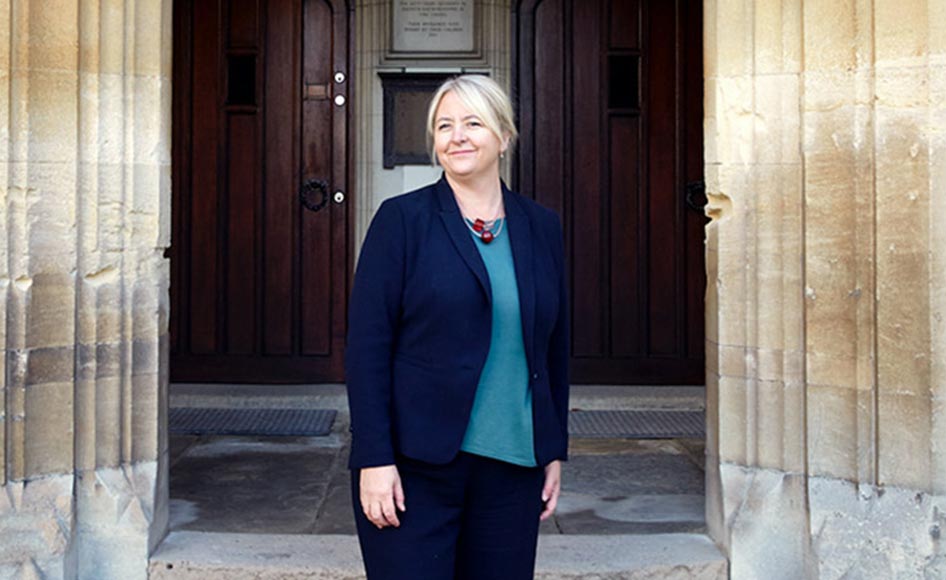Removal of Cherry Laurel in Dulwich Wood
03 October 2025Recent work in Dulwich Wood as part of the reuniting the woods project, has included the removal of Cherry Laurel.
This is part of woodland management work to mitigate the damage from invasive non-native species. Cherry Laurel is a fast-growing shrub with an aggressive spreading habit. The species has crept in from outside the woodlands and spread along the boundaries. While this provides screening for residential properties, the shrub has destroyed precious habitat and had a negative impact on the plants and wildlife which are thriving in the rest of the woods. As well as problematic voracious growth, it has little direct benefit for wildlife. It contains cyanogenic glycosides, which can be harmful if ingested with the leaves and berries causing serious harm to pets and children if chewed.

The speed at which Cherry Laurel grows and spreads means native plants are shaded out, killing off any tree saplings or ground flora, with a knock on effect for insects and small mammals. Wood Anemone can be seen in Dulwich Wood in April and May, providing an early food source for pollinators, and supporting healthy soil through its root system. Removing the Cherry Laurel will allow the Wood Anemone to spread and provide a beautiful carpet of white flowers to be enjoyed by wildlife and visitors.
In Dulwich Wood the removal of the Cherry Laurel will allow for planting of native trees with a hedgerow being planted in winter 2025/26. This will include Hawthorn, Blackthorn, Guelder Rose and Hazel. These trees will provide food, shelter and nesting spaces for insects, small mammals and birds. They will also provide a lovely display of blossom and colourful berries, and after a few years will fill out the space left by the Cherry Laurel.


